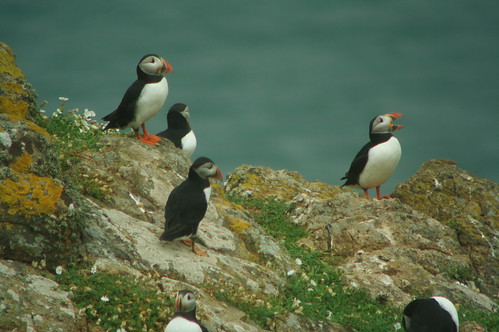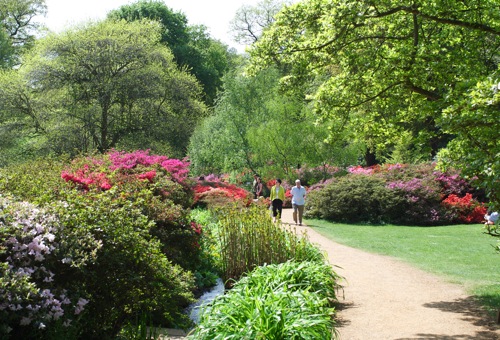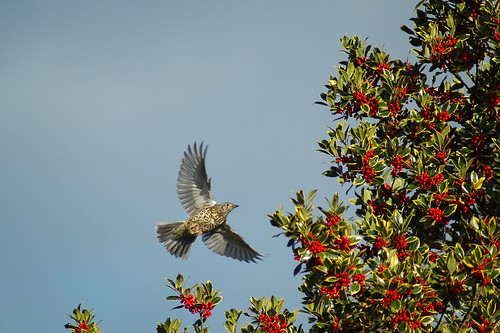I know it’s getting slightly late for yearly round-up posts, but hey-ho.
Best Plant
The wildflowers on the cliff-tops in Wales were quite something: gorse, foxgloves, bluebells, red campion, sea campion, thrift, kidney vetch, burnet rose, dodder, spring squill, centaury, ox-eye daisies, cowslips. It really was spectacular. So it’s really just a matter of picking a species. I was actually tempted by bluebell, because although it is a fairly common flower and I see it regularly, it is so lovely and it was great to see it in such large quantities; especially on Skomer, where much of the island was covered by sweeping fields of bluebells or red campion.
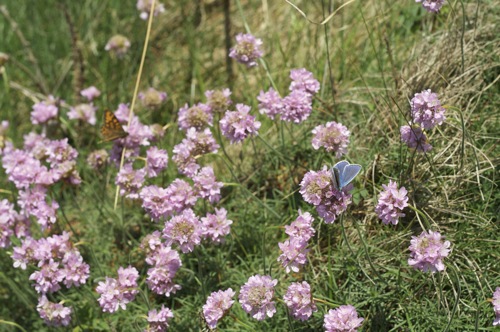
But I thought I’d pick something more typically seasidey, so I think thrift is the obvious choice. That’s a close-up shot above, but it doesn’t give you a sense of the quantities: big cushiony pink piles of it.
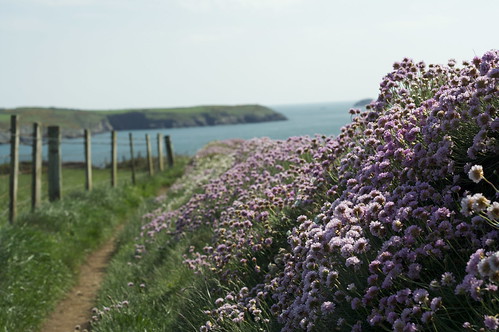
Best Insect
Seeing glow-worms was a genuine life-time ambition fulfilled. They’re not as spectacular as some of the species of bioluminescent insect found elsewhere — just a few gentle green glowing dots in the grass on a June evening — but they were still fabulous.
Best Invertebrate (other)
Umm, let me see. I quite enjoyed pottering around looking for rock-pools in Pembrokeshire, though I didn’t find much apart from a few mussels and sea anemones, so let’s go for something I can post a picture of: an unidentified species of red sea-anenome.

Best Fish
It’s hard to think of anything for this one. The best I can come up with is probably the enormous fat brown trout in the Test in Hampshire.
Best Amphibian, Best Reptile
I haven’t been out of the country this year, and that means there are only a total of twelve species that are even possible (three snakes, three lizards, three newts, two toads and a frog), not counting a few breeding populations of introduced species and the occasional vagrant marine turtle. And I didn’t see any of the rarer ones.

But there was one day last June when all the baby frogs apparently decided to leave the pond at once, and the lawn was full of these tiny tiny little froglets. So that was neat. The Flickr set is here.
Best Mammal
I saw a bat hunting for insects in daylight over the lake in the local park at the end of March, so that was a noteworthy sighting. Perhaps it had just emerged from hibernation and was having its first proper meal of the year? I don’t know what kind of date they come out.
But the easy choice for Mammal of the Year was Grey Seal, which breeds in large numbers in Pembrokeshire. It wasn’t seal breeding season when I was there, so they weren’t all over the beach in big numbers and there were no little fluffy white babies, but there were plenty of seals lurking near the islands.
It’s not much of a picture, but just as evidence that I did see at least one seal:
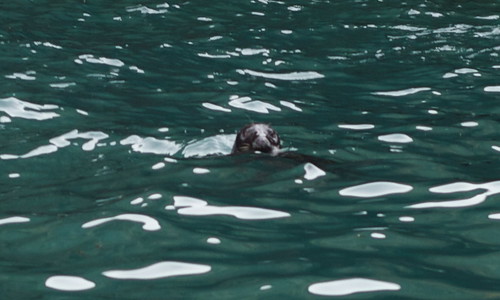
Best Ecosystem
I think you will have seen this coming: I’m going to go for the islands off the coast of Pembrokeshire. Because, you know, seals, shags, choughs, puffins, wild flowers, ravens, peregrine… and most notably, perhaps, the seabird colonies on the cliffs where the guillemots, razorbills and fulmars nest. These weren’t easy to photograph, because they were on cliffs, so you were either peering down from above, or peering up from a boat. Still, this gives you an idea:
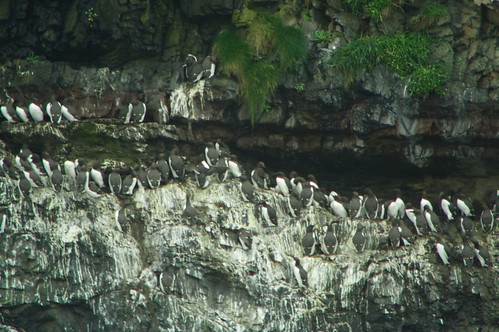
There’s a wider view of some of these cliffs that gives some idea of the scale here, but there’s no point reproducing that photo at 500 pixels wide.
Sitting on a boat and watching a raven come and steal guillemot eggs: how cool is that? The guillemots did try to resist, but the raven just flung them out of the way. It’s not easy being an auk.
